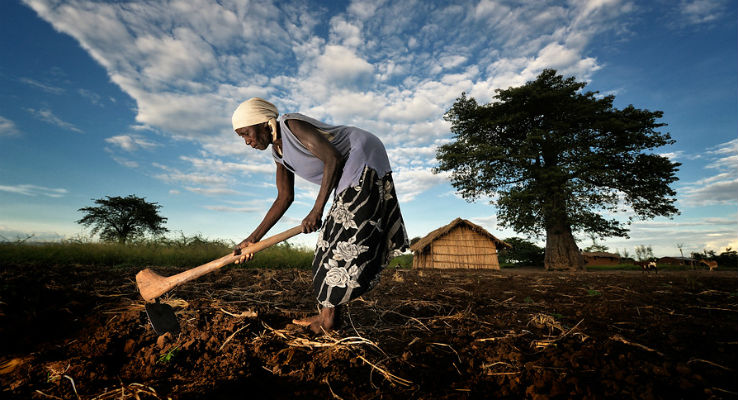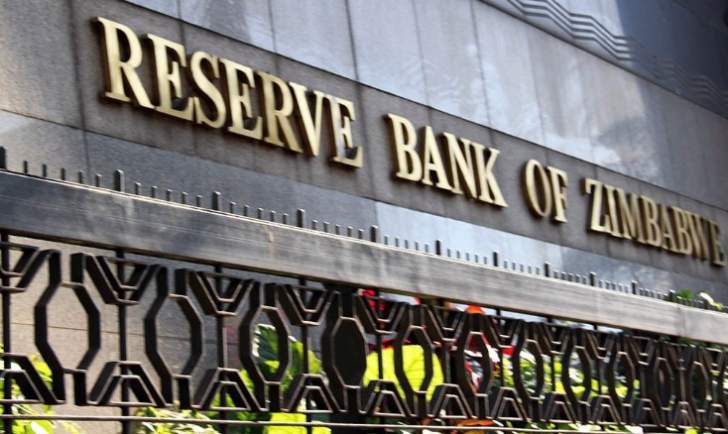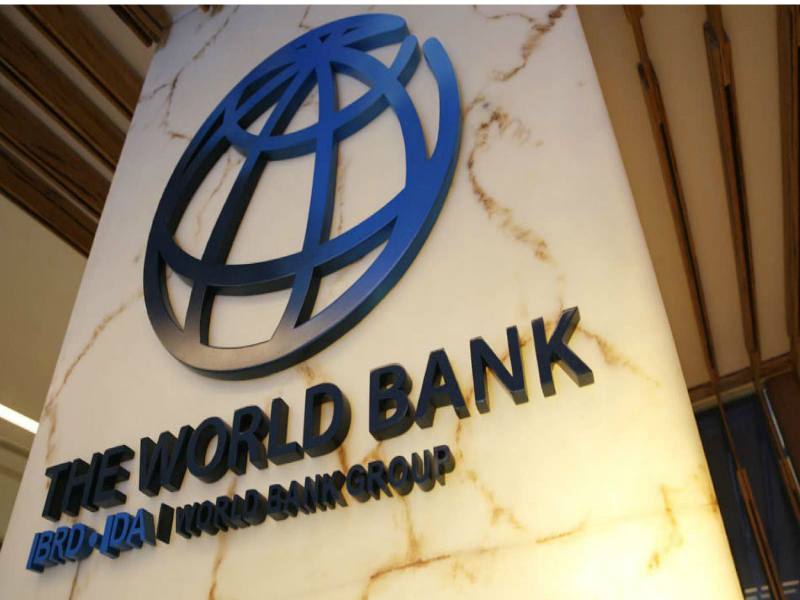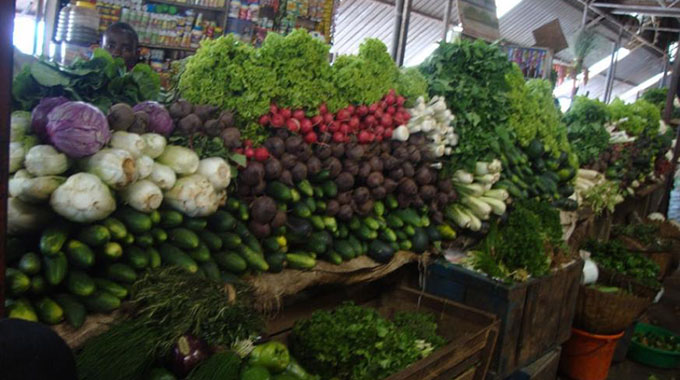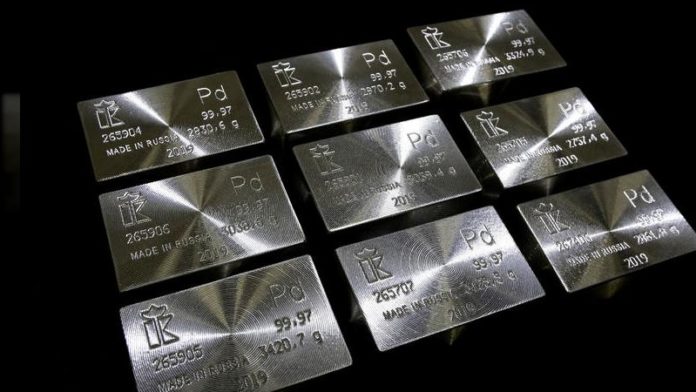Parly’s budget committee calls for ban on raw platinum exports
Zimbabwe’s parliamentary portfolio committee on budget and finance has recommended an outright ban on the export of raw platinum group metals (PGMs) and concentrate, citing progress in the establishment of a beneficiation plant in the country.
There are three active PGM producers in the country namely Impala Platinum Holdings (Implats’) owned Zimbabwe Platinum Mines (Zimplats), Mimosa Mining Company-a 50-50 unit of Implats and Sibanye Stillwater, and Anglo American’s Unki Mine.
Mimosa and Unki export their PGMs in concentrate form, a largely raw form of the metals, while Zimplats takes the beneficiation a notch higher and exports matte.
Zimbabwe has been pushing PGM producers and other mineral producers, to beneficiate and value-add their output to optimise returns from the precious metals.
Mining has the potential to transform Zimbabwe’s economy given it already accounts for more than 90 percent of export earnings.
The Southern African country had targeted to grow mining exports to US$12 billion by 2023.
Notably, platinum is already Zimbabwe’s second-largest single export after gold.
PGMs and gold account for more than half the country’s annual shipments.
The recommendation to ban raw PGM exports is part of several recommendations legislators made after reviewing various submissions following the presentation of the 2025 national budget statement on November 28, 2024.
Parliament’s budget and finance committee was responding to several representations from mining companies represented by the Chamber of Mines of Zimbabwe seeking a review of budget proposals before they are passed into law.
The Government will start implementing the beneficiation tax on PGMs effective January 1, 2025.
The miners had earlier lobbied the Government to defer the planned 5 percent export tax on concentrates and unbeneficiated PGMs, pending the completion of smelters and the refurbishment of a refinery.
Parly’s budget committee noted that one of the affected PGM producers, Mimosa Mining Company has since signed a Memorandum of Agreement with Zimplats to toll treat its concentrates in-country.
It noted that the smelters, just like power plants, were commissioned in stages, where the operating company gradually ramps up smelting while assessing the plant’s compatibility and ability to run continuously without breakdowns.
In line with this, the budget committee said Zimplats will be ramping up smelting capacity, accommodating Mimosa concentrates beginning January 2025.
However, the parliament’s budget committee noted that the PGM producers running smelters were facing acute power outages, resulting in smelting stoppages and production losses.
The operators indicated that with the power supply situation expected to remain depressed, it would remain difficult for the PGMs producers to continue running the smelters.
Zimbabwe’s PGMs had requested permission to continue to export concentrates until the power supply situation improves.
“In view of the observed progress in the installation of the beneficiation plant, we recommend that exportation of raw PGMs and concentrate be banned. All PGM producers are encouraged to use the recently completed PGM beneficiation plant,” the committee said.
Zimplats indicated in September this year that its smelter was on course for completion in January this year.
The miners have also lobbied for a review of the royalty for PGM, diamond and lithium, which they claim remains high and impact negatively on the viability of the subsectors.
They argue that royalty is a direct cost of production, meaning that a high royalty rate increases costs for mining companies.
As such, the miners have proposed a price-linked royalty, which allows the Government to maximise revenue collections during price booms while ensuring the viability of producers during periods of depressed prices.
Miners representative group, The Chamber of Mines of Zimbabwe has also appealed for the alignment of the two conflicted legislations on the taxation of lithium products, saying one provides for the taxing of the commodity while the other exempts it.
They want a commodity price-linked royalty framework for platinum as follows: a base royalty of 3 percent for a price of up to US$1 100 per ounce, 5 percent for a price between US$1 100 per ounce and US$1 400, a royalty rate, 7 percent for a price between US$1 400/ounce and US$2,000/ounce and a royalty of 10 percent for a platinum price above US$2 000 per ounce.
The chamber of mines said a 10 percent royalty for diamond miners was also impacting negatively the viability of diamond projects.
“The Chamber of Mines appeals for a diamond price-linked royalty framework with a base royalty of 5 percent payable on gross revenue and a progressive royalty structure,” the committee said.-ebisnessweekl



